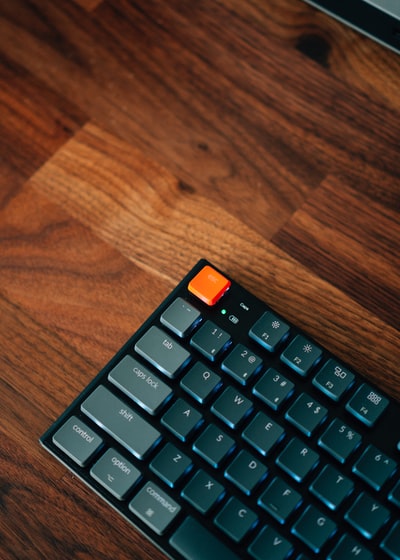 Hardware is computer equipment that you can physically touch. Examples include the keyboard, the monitor and microprocessors.
Hardware is computer equipment that you can physically touch. Examples include the keyboard, the monitor and microprocessors.
Microprocessors are single circuits that process simple information like weight and temperature and are usually installed in electric household items to perform a single task. They may be found in calculators, microwaves, doorbells or digital watches.
Hardware is to be distinguished from software which is a program designed to make use of the hardware. Examples may include Microsoft Excel or DTP packages such as Adobe InDesign.
The computer itself is made up of hardware and its ‘brain’ is the CPU, or Central Processing Unit. The CPU may also be referred to as a microprocessor. The CPU responds to information it receives from an input device, processes this information and feeds back the results via an output device.
Input devices are pieces of hardware which feed information into a computer. Output devices are used to transmit the information that has come from the computer. Input devices include the keyboard, joystick, mouse, scanner, microphone and webcam. Output devices include the printer, speakers, the monitor, lights, robotic arms (used in factories), lights or motors.
Other important components of the computer are the:

* Motherboard – a rigid board on which the circuitry of the computer is attached.
* Sound, video and wireless cards – all circuit cards built specifically to serve the purpose for which it was intended i.e. deliver sound, visuals and to connect to the Internet. They are normally easy to remove and replace.
Storage devices are used to back up files stored on the hard disk. Storage devices include compact discs (CDs), digital versatile discs (DVDs), magnetic tape or external hard disks.